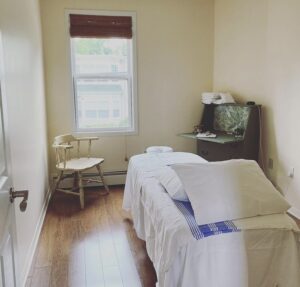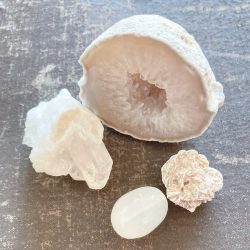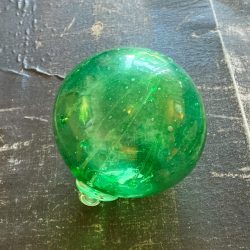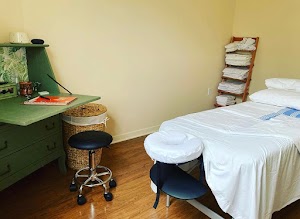Carey's Therapeutic Toolbox

MYOFASCIAL THERAPY
Myofascial release works with a connective tissue called fascia to relieve the tightness that causes muscle restrictions. During myofascial release, the therapist locates areas of fascia that feel ‘gummy’ and stuck instead of elastic and movable. These fascial restrictions are not always close to what feels like the source of pain, and can inhibit muscle and joint movements. Gentle, focused manual pressure and stretching is used in myofascial release to ‘unstick’ the fascial fibres, leading to reduced pain and improved range of motion.

GENERAL SWEDISH MASSAGE
Swedish massage is the basis for most western massage therapy. This treatment style is the first set of techniques Canadian massage therapists learn in school. It involves kneading, long strokes along the direction of the muscle fibres, peripheral joint mobilization, and percussive maintenance, usually accompanied by the application of massage oil or lotion. The pressure can vary from light to quite deep, and its purpose is to relax muscles, stimulate blood flow, and assist with lymph drainage.

MITSUKI-DO
Mitsuki-do is a new and unusual form of manual therapy developed by Shiatsu Master Mitsuki Kikkawa. It involves palpation and observation-based assessment techniques and gentle neuromeridian stimulation. Mitsuki-do is founded in Kikkawa’s belief that the body’s innate wisdom can be interpreted through direct feedback from the body. A Mitsuki-do therapist uses that feedback to determine the appropriate stimulus which can be applied to effect healing via the central nervous system.

MYOTONIC THERAPY
Myotonic therapy involves slowly applying pressure along the fibre direction of a muscle while also moving the muscle into a stretch position. It is a deep tissue technique that has a similar effect as the more invasive muscle stripping of Swedish Massage, but with less pain on the client’s end and less effort on the therapist’s part. It is easy to see immediate range of motion increase with this technique.

HOMECARE
Your healing requires your participation, and your therapist may enlist your help by recommending homecare exercises. Sometimes stretching, strengthening, or hydrotherapy will be suggested to ensure the longevity of the effects of the treatment you’ve received. The therapist will demonstrate the exercises to you, but if you find yourself forgetting how to do your homecare, do not hesitate to reach out via email for a refresher.




